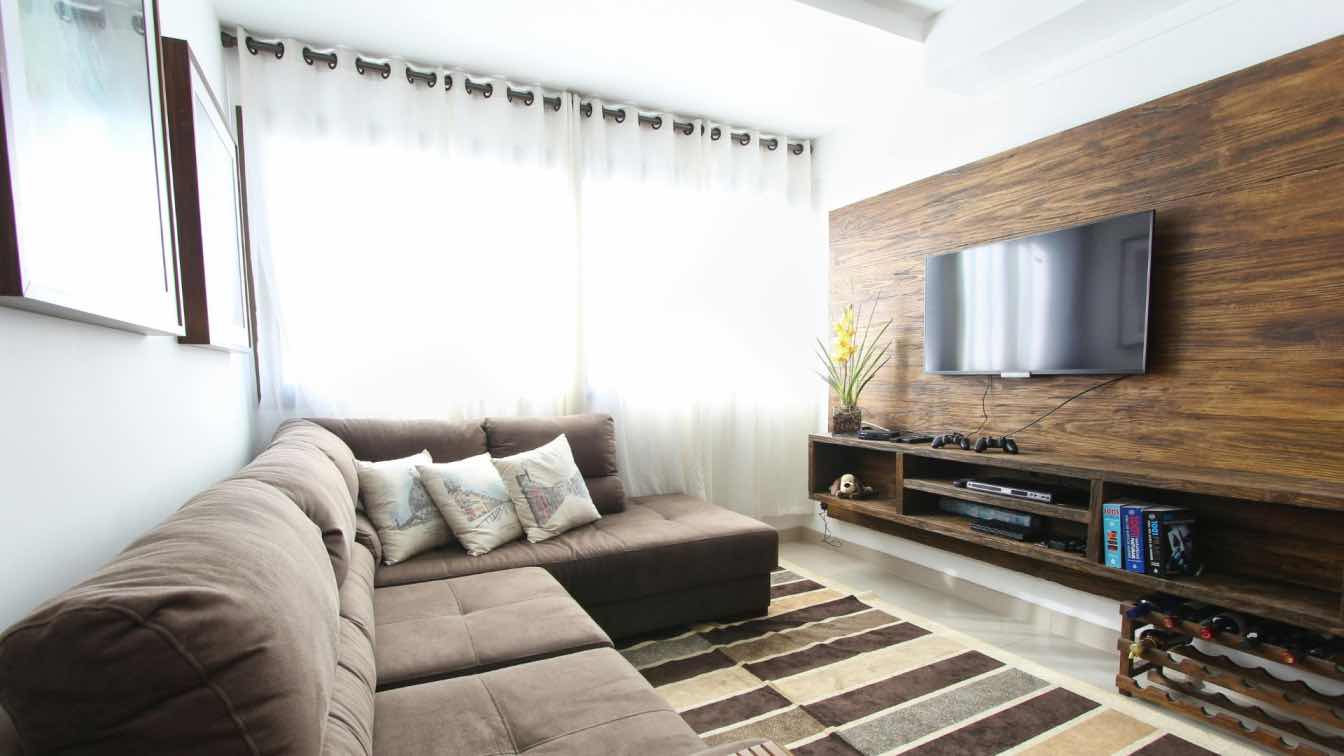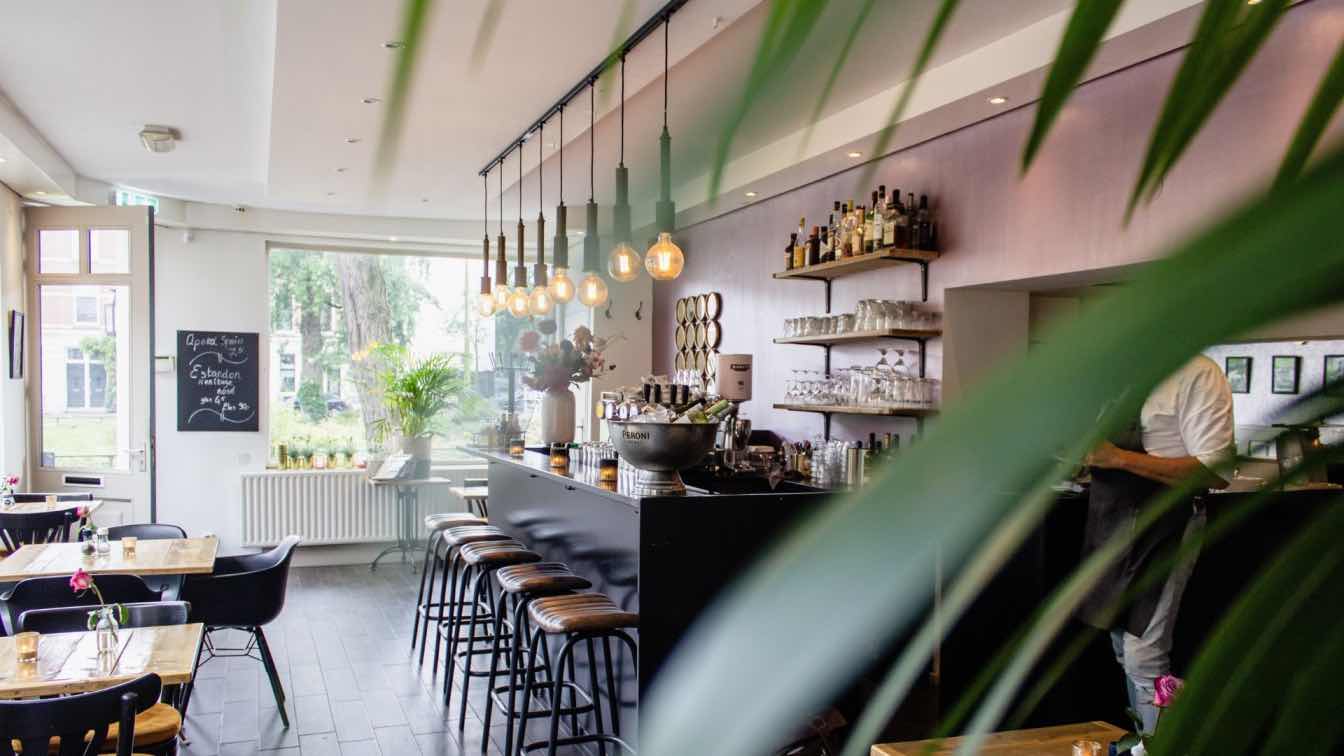In the world of modern architecture, every line, surface, and open space is carefully considered, and the furniture within these homes should be no different. Modern architectural homes are defined by their clean geometry, fluid layouts, and a strong emphasis on simplicity and intentionality. Off-the-shelf furniture often falls short when it comes to complementing these highly curated spaces. That’s where custom furniture becomes not just a luxury, but a necessity.
Custom furniture allows homeowners, designers, and architects to work in harmony, creating pieces that are tailored to both the function and the form of a space. Whether it’s a sculptural dining table designed to echo the angles of a vaulted ceiling or a built-in bench that hugs a curved wall, custom solutions bring architecture and interior design into seamless alignment.
In this blog, we’ll explore some of the best custom furniture solutions for modern homes - from integrated storage and space-saving designs to statement pieces that elevate the entire aesthetic. If you're designing a home that breaks the mold, your furniture should too.
Custom Furniture Solutions for Modern Architectural Homes
Custom furniture plays a central role in shaping modern architectural interiors. Adaptability, material choice, and thoughtful design help these pieces complement minimalism, clean lines, and varied architectural styles.
Customization in Modern Furniture Design
Customization allows furniture to meet specific needs of modern spaces. Designs often have an emphasis on clean lines, flexibility, and adaptability to fit the unique dimensions and purposes of rooms. Custom pieces can be tailored for open-plan layouts, and may also integrate hidden storage or modular components to get the most out of a space.
Minimalism is common in modern design. Custom furniture helps avoid clutter by using integrated functions and purposeful detailing. Clients may choose finishes, shapes, and features that align with their personal style.
Builders and designers often favor sturdy, solid wood constructions. Materials such as walnut, oak, or ash deliver both durability and a sense of warmth. The result is furniture that fits perfectly and lasts for years.
Integrating Custom Furniture With Architectural Styles
Modern architecture favors simplicity and often features large windows, open layouts, and organic forms. Custom furniture is designed to enhance these elements, with low profiles or sculptural shapes that echo architectural features.
Key strategies for integration include:
1. Make sure that your furniture is in proportion with the scale of your room.
2. Choose finishes that coordinate with existing built-in materials (concrete, glass, or wood).
3. Use modularity where possible for flexible arrangements that are not possible otherwise.
Custom pieces are often chosen for their ability to visually ‘merge’ with a home’s structural elements. A built-in bench or wall unit, for example, can appear as an extension of an architectural volume rather than a separate object. This creates a unified look and maximizes usable space.
Sustainability and Material Selection
Sustainability is a top consideration in modern custom furniture design. Many designers select certified solid wood, recycled materials, or locally sourced options to minimize environmental impact.
Clients often review the origin and treatment of materials. Non-toxic finishes, responsibly sourced woods, and low-waste manufacturing are common requirements. Some choose furniture made entirely from reclaimed timber or opt for eco-friendly composites.
Room-by-Room Custom Furniture Solutions
Living Spaces
Having a custom sofa in your living room, such as those provided by DreamSofa, is a great way to ensure that the main feature of the space aligns with your room’s dimensions and architectural features. Getting a custom sofa makes it possible for you to choose upholstery, cushion firmness, and frame material to match your style. Modular sofa systems are also a great option, and they allow for flexible configurations, supporting open layouts.
Coffee tables can be tailored in height, materials, and footprint. For instance, glass and metal designs offer a lighter visual touch, while solid wood provides warmth and longevity. Integrated storage or nesting designs optimize function in compact homes.
Chairs, including accent and lounge styles, benefit from ergonomic adjustments and varied finishes. Coordination with sofa fabrics and frames improves cohesion. Custom upholstery options let homeowners select stain-resistant textiles for family spaces or luxurious leathers for more formal settings.
Dining and Kitchen
Dining tables are available in a range of shapes, such as rectangular, round, or oval, to suit room proportions and seating needs. Solid hardwoods like oak, walnut, or maple are popular for their stability and durability. Veneer options provide design flexibility for unique finishes.
Modular furniture in dining and kitchen areas includes benches, banquettes, and kitchen islands. These pieces are often built to fit precise room layouts, enhancing flow and function. Adjustable-height stools and extendable tables accommodate both daily use and gatherings.
Workspaces
Custom office furniture supports productivity while keeping your space looking sharp. Built-in desks can really make the most of wall space, and clever cable management keeps things from looking like a tangled mess. Modular shelving can be tweaked to fit however much (or little) room you’ve got.
Ergonomics plays a big role in how we set up home workspaces these days. Adjustable chairs that have proper lumbar support and armrests that actually fit you are a game-changer if you’re sitting for hours. You can even pick finishes that blend right in with the rest of your place, so the office doesn’t stick out like a sore thumb.
Some people need specialized pieces, like drafting tables or hefty storage cabinets, depending on their career or hobbies. Tough surfaces, think laminate or high-pressure finishes, stand up to daily use and the occasional coffee spill. And if you’re into variety, it’s smart to mix in a standing desk or carve out a little spot for meetings, so the room can flex for whatever’s on your plate.





